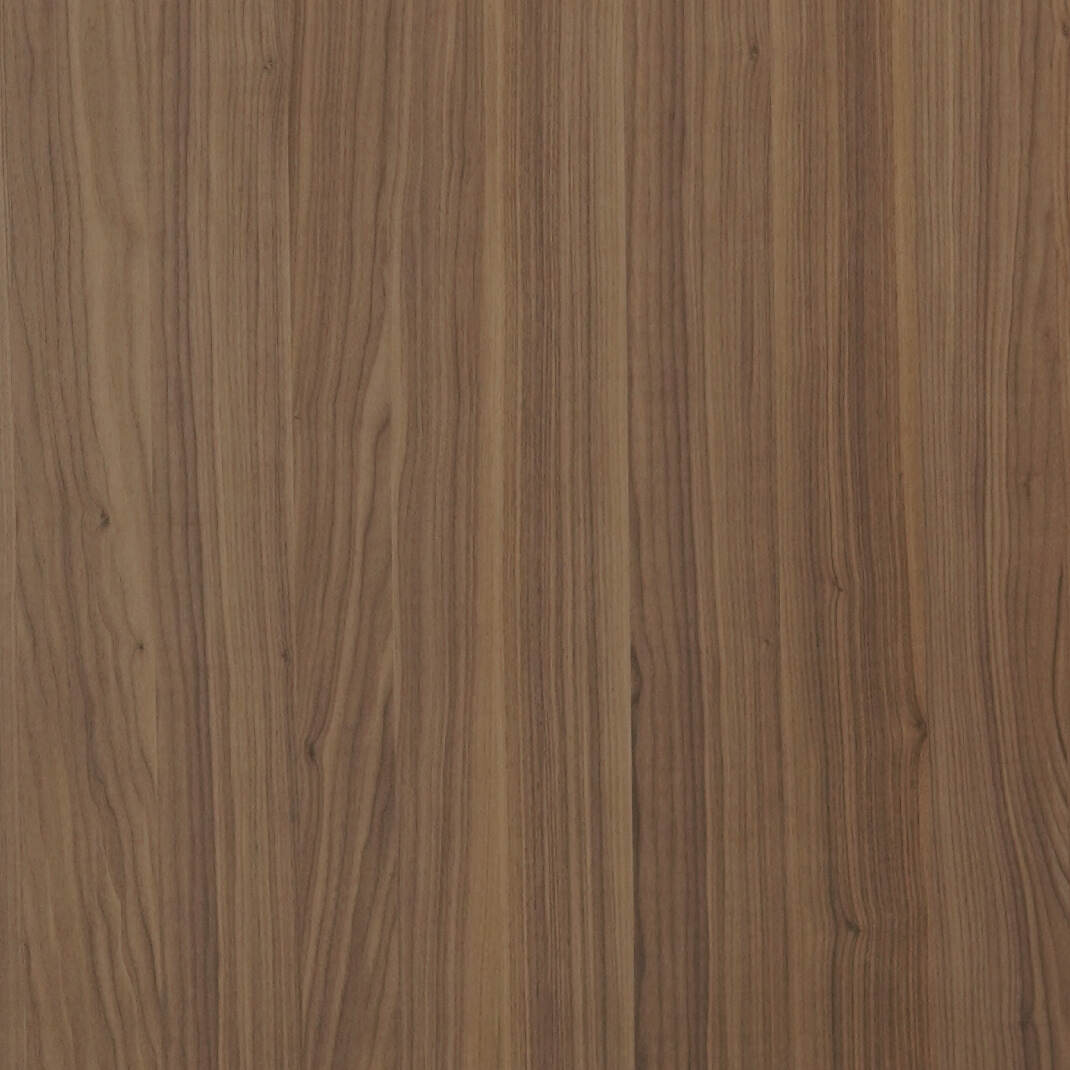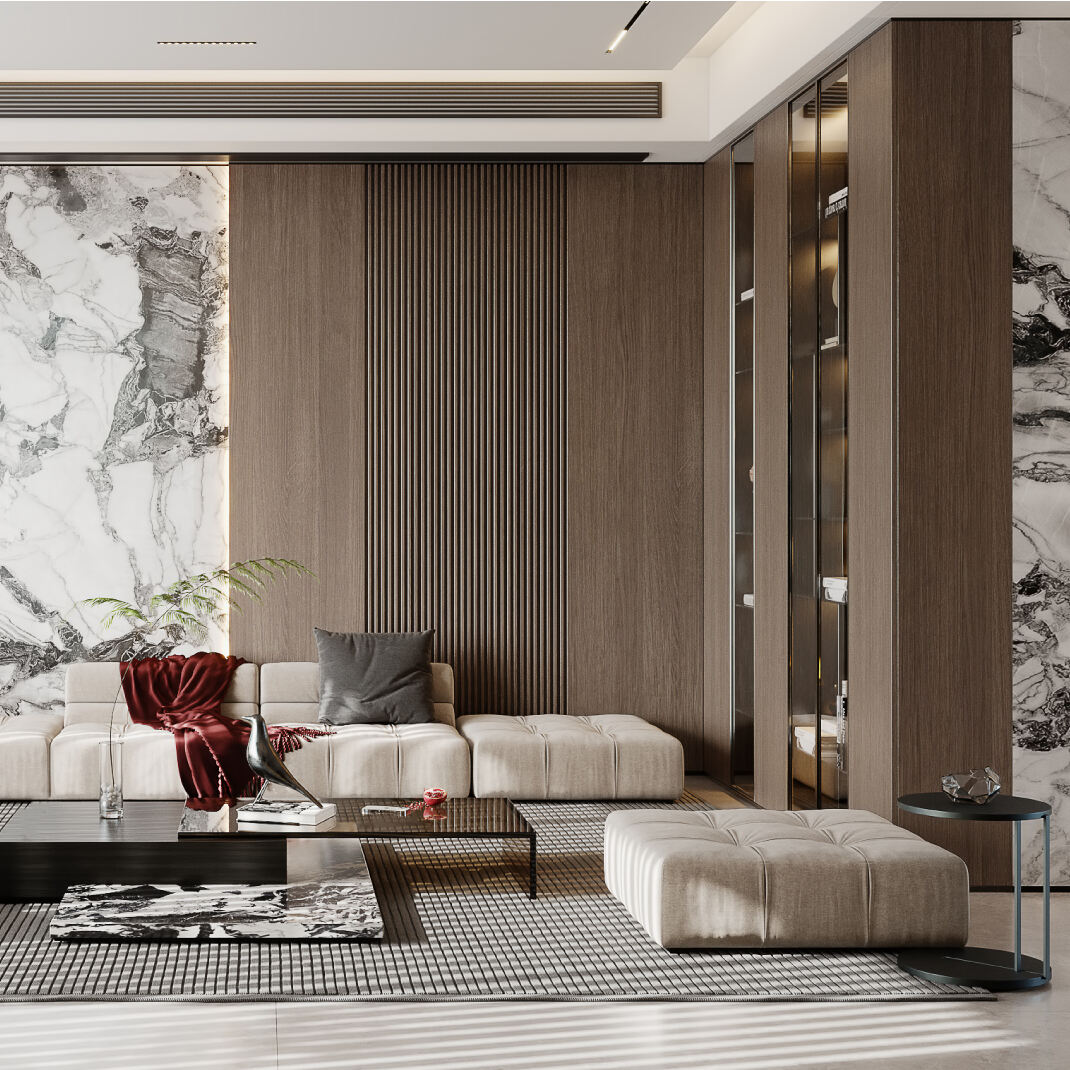When it comes to selecting the right material for furniture, cabinetry, or construction projects, the choice between milled panels and solid wood remains one of the most debated topics in the industry. Both materials offer distinct advantages and serve different purposes depending on your project requirements, budget constraints, and long-term expectations. Understanding the fundamental differences between these two options can help you make an informed decision that aligns with your specific needs and quality standards.

The modern manufacturing landscape has evolved significantly, with engineered wood products gaining substantial market share due to their consistency, cost-effectiveness, and environmental benefits. Meanwhile, solid wood continues to maintain its position as the premium choice for high-end applications where natural beauty and traditional craftsmanship are paramount. The decision between these materials often involves balancing performance characteristics, aesthetic preferences, and practical considerations that extend beyond initial cost comparisons.
Understanding Milled Panels Construction and Benefits
Manufacturing Process and Material Composition
Milled panels represent a sophisticated approach to wood processing that combines multiple layers of wood materials through advanced manufacturing techniques. The production process typically involves creating a core structure from engineered wood materials, such as particleboard, medium-density fiberboard, or plywood, which is then covered with thin layers of real wood veneer or high-quality laminate surfaces. This construction method allows manufacturers to optimize material usage while maintaining structural integrity and visual appeal.
The precision involved in creating milled panels ensures consistent dimensions, uniform density, and predictable performance characteristics across large production runs. Modern manufacturing facilities utilize computer-controlled machinery to achieve tolerances that would be difficult to maintain with solid wood processing. This level of precision translates into reduced waste during installation and improved fit and finish in final applications.
Structural Advantages and Performance Characteristics
One of the most significant advantages of milled panels lies in their dimensional stability compared to solid wood alternatives. The engineered construction minimizes the natural tendency of wood to expand and contract with changes in humidity and temperature. This stability makes milled panels particularly suitable for applications where consistent dimensions are critical, such as cabinet doors, furniture components, and architectural millwork.
The multi-layer construction of milled panels also provides enhanced resistance to warping, cupping, and other forms of dimensional distortion that commonly affect solid wood products. This improved stability extends the service life of finished products and reduces maintenance requirements over time. Additionally, the controlled manufacturing environment allows for consistent moisture content levels, further contributing to long-term dimensional stability.
Solid Wood Characteristics and Traditional Appeal
Natural Properties and Aesthetic Value
Solid wood represents the traditional standard for high-quality furniture and millwork, offering unmatched natural beauty and character that cannot be replicated by engineered alternatives. Each piece of solid wood contains unique grain patterns, color variations, and natural features that contribute to its distinctive appearance. These characteristics make solid wood particularly desirable for applications where natural aesthetics and premium quality are primary considerations.
The depth and richness of solid wood surfaces create visual interest that changes with lighting conditions and viewing angles. Natural wood grain patterns tell the story of the tree's growth, including seasonal variations and environmental influences that shaped its development. This inherent character makes each solid wood component unique and contributes to the overall value and appeal of finished products.
Workability and Customization Options
Solid wood offers superior workability compared to milled panels, allowing for extensive customization and modification during fabrication. Traditional woodworking techniques, including hand shaping, detailed carving, and custom profiling, are best suited to solid wood materials. This flexibility makes solid wood the preferred choice for custom furniture makers, restoration projects, and applications requiring intricate detailing.
The ability to sand, refinish, and repair solid wood surfaces multiple times throughout their service life adds significant value to this material choice. Unlike milled panels with thin veneer surfaces, solid wood can be restored to like-new condition through professional refinishing processes. This renewability makes solid wood an investment that can appreciate in value over time, particularly for high-quality furniture and architectural elements.
Cost Analysis and Economic Considerations
Initial Investment and Material Costs
The initial cost difference between milled panels and solid wood varies significantly depending on the specific materials, quality grades, and sourcing options available. Generally, milled panels offer a more cost-effective solution for large-scale projects where budget constraints are a primary concern. The efficient use of raw materials in panel manufacturing, combined with reduced waste during production, translates into lower per-square-foot costs for end users.
Solid wood pricing fluctuates based on species selection, grade quality, and market availability. Premium hardwood species command significantly higher prices than common softwoods, but even basic solid wood options typically cost more than comparable milled panels. However, the cost analysis must consider long-term value retention, durability, and potential for refinishing when evaluating the true economic impact of material selection.
Long-term Value and Return on Investment
While milled panels may offer lower initial costs, solid wood often provides superior long-term value through its durability, repairability, and timeless appeal. High-quality solid wood furniture and millwork can last for generations with proper care and maintenance, making it a worthwhile investment for discerning buyers. The ability to refinish and restore solid wood surfaces multiple times extends their functional life far beyond that of milled panels with thin veneer surfaces.
Market trends also favor solid wood products in certain segments, particularly in luxury residential and commercial applications where natural materials are increasingly valued. This preference can translate into higher resale values and improved property appreciation for homes and buildings featuring solid wood elements. The investment in solid wood materials often pays dividends through enhanced marketability and buyer appeal.
Environmental Impact and Sustainability Factors
Resource Utilization and Forest Management
Milled panels demonstrate superior resource efficiency by utilizing wood fiber materials that might otherwise be considered waste products. The manufacturing process can incorporate sawmill byproducts, recycled wood fiber, and fast-growing plantation species that would not be suitable for solid wood applications. This efficient use of available resources helps reduce pressure on old-growth forests and maximizes the value extracted from each harvested tree.
The production of milled panels also allows manufacturers to use smaller diameter logs and lower-grade timber that cannot be processed into high-quality solid wood lumber. This comprehensive utilization approach supports sustainable forest management practices by creating markets for materials that might otherwise be burned or left to decay. The result is a more complete utilization of forest resources and reduced environmental impact per unit of finished product.
Carbon Footprint and Manufacturing Energy
The environmental impact of both milled panels and solid wood extends beyond raw material considerations to include manufacturing energy requirements, transportation costs, and end-of-life disposal options. Milled panels typically require more energy-intensive manufacturing processes due to the adhesives, pressing operations, and surface treatments involved in their production. However, the efficient use of raw materials and reduced transportation requirements for finished products can offset some of these energy costs.
Solid wood processing generally requires less energy-intensive manufacturing but may involve longer transportation distances for premium species and higher-grade materials. The carbon footprint analysis must also consider the longevity and recyclability of each material type. Solid wood products that last for decades or centuries with minimal maintenance may have lower lifetime environmental impacts despite higher initial processing requirements.
Application-Specific Performance Comparison
Furniture and Cabinet Manufacturing
In furniture and cabinet manufacturing, the choice between milled panels and solid wood often depends on the specific application and performance requirements. Milled panels excel in applications requiring large, flat surfaces with consistent appearance and dimensional stability. Cabinet doors, drawer fronts, and furniture panels benefit from the predictable behavior and uniform appearance that milled panels provide.
Solid wood remains the preferred choice for structural components, decorative elements, and applications where natural wood movement is acceptable or even desirable. Table tops, chair frames, and exposed structural members showcase the natural beauty of solid wood while providing the strength and durability required for these demanding applications. The combination of both materials in a single project often provides the optimal balance of performance, aesthetics, and cost-effectiveness.
Millwork and Architectural Applications
Architectural millwork applications present unique challenges that influence material selection between milled panels and solid wood options. Interior trim, moldings, and decorative elements often benefit from the consistency and stability of milled panels, particularly in climates with significant seasonal humidity variations. The reduced movement characteristics of milled panels minimize gaps and joint separation that can occur with solid wood installations.
However, structural millwork components and exterior applications often require the strength and weather resistance that solid wood provides. Window and door frames, structural beams, and other load-bearing elements benefit from the inherent strength and durability of solid wood construction. The choice between materials must consider not only immediate performance requirements but also long-term maintenance needs and replacement costs.
FAQ
What are the main durability differences between milled panels and solid wood
Milled panels typically offer superior dimensional stability and resistance to warping, cupping, and seasonal movement compared to solid wood. However, solid wood generally provides better long-term durability and can be refinished multiple times throughout its service life. The durability advantage depends on the specific application and environmental conditions where the material will be used.
Can milled panels be refinished like solid wood
Milled panels with wood veneer surfaces can be refinished, but the number of refinishing cycles is limited by the thickness of the veneer layer. Typical veneer thicknesses allow for one or two light sanding and refinishing operations before the underlying substrate becomes visible. Solid wood, by contrast, can be sanded and refinished dozens of times depending on the original thickness.
Which material is better for high-moisture environments
Both materials have considerations for high-moisture applications. Milled panels with moisture-resistant cores and proper edge sealing can perform well in humid conditions due to their dimensional stability. Solid wood requires proper species selection and finishing to perform well in moisture-prone environments. Marine-grade plywood cores in milled panels or naturally moisture-resistant wood species like teak may be preferred for extreme conditions.
How do maintenance requirements compare between these materials
Milled panels generally require less ongoing maintenance due to their dimensional stability and consistent surface characteristics. Solid wood requires more attention to seasonal movement, periodic refinishing, and protection from environmental factors. However, solid wood offers greater repair options when damage occurs, while damaged milled panels often require complete replacement of affected sections.



